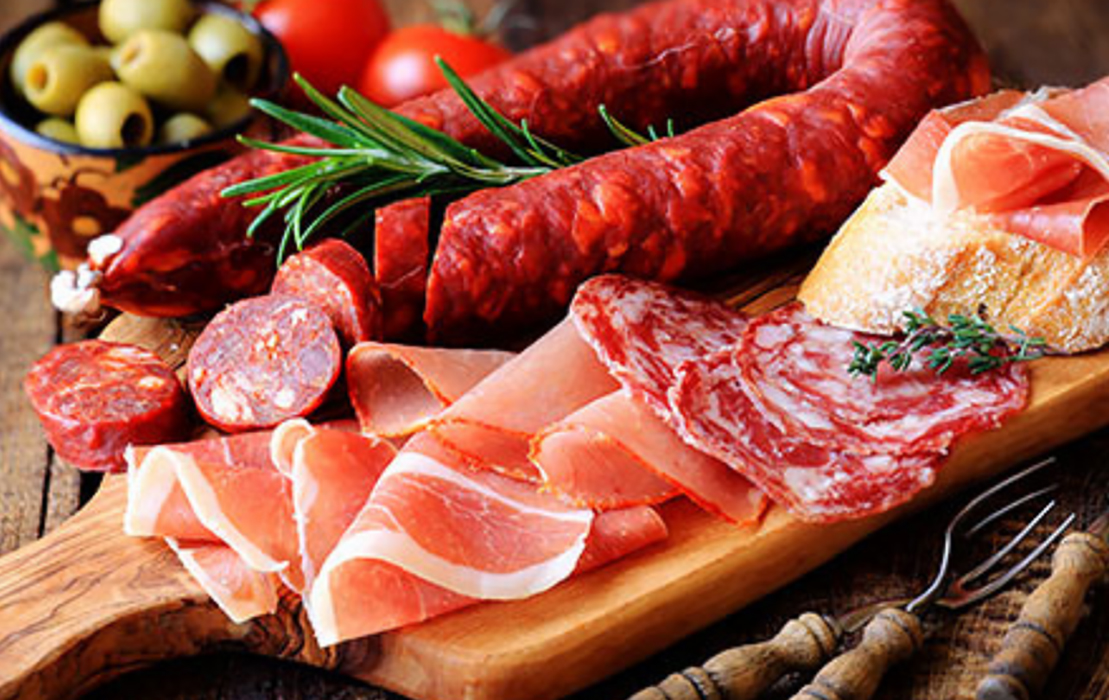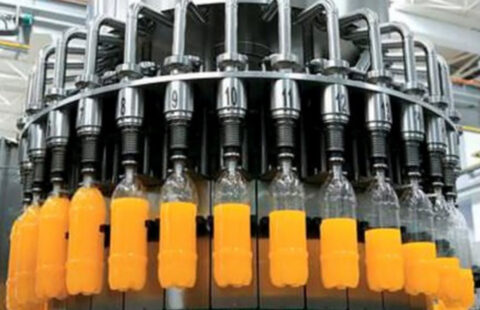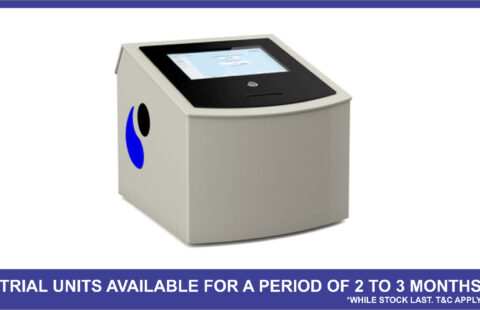
How do you like your viennas?
Safe? Uncontaminated? Quality tested?
Did you know to make viennas, the meat goes from grinder to mixer to being clipped for a casing and back into a mixer. After processing the viennas into either red or smoked, it goes into a spiral dryer to dry – increasing shelf life. From there it is chilled, packed and transferred into either a holding freezer or into the plant’s dispatch area and on to retail markets.
Taking just this one example, there are at least nine processes from factory to table. Which means there are at least nine points of production where things can go wrong, contaminating the product and becoming a deadly health and safety issue for consumers and a compliance nightmare for manufacturers.
Quality monitoring and analysis of meat products
In 2018/19, South African consumers spend the equivalent of $12.7 billion on meat products, representing about 30% of their total food expenditures. The preference for meat in South Africa has been rising in the last decade (USDA Foreign Agriculture Service) and is expected to continue surging.
The 2017/18 South African listeriosis outbreak resulting from contaminated processed meats focused a glaring spotlight on the whole industry. While the increase in the consumption of animal meat will create demand for more processed food, it will also result in increased pressure on manufacturers to ensure the quality of South African meat products; not only from a compliance viewpoint, but also consumer demand.
Manufacturers of meat and dairy products have become more conscious of the steps need to be controlled and monitored to obtain safe and high-quality products, including complying with stringent food safety hygiene and safety regulations, and engaging in Good Manufacturing Practices, Good Hygienic Practices and HACCP.
Quick, reliable monitoring tool for the food industry
In recent years, due to an increase in the consumer awareness regarding product quality and authenticity of food, rapid and effective quality control systems have been sought by meat and other food industries.
In response, INSTEK CONTROL has introduced MyLab, a rapid analysis device designed in Germany, to local food manufacturers.
Traditionally, the method used for food analysis of meat and meat products, yeasts and dairy products is to send samples of your products to a lab. The results take 8 to 10 days, usually too late to be useful for anything other than documentation purposes.
MyLab can measure raw materials, every product batch and all pre-packaged food in a matter of seconds, ensuring:
- Incoming raw materials are exactly what you ordered
- Standardisation of batches during the production process
- Control of the finished products before dispatch
MyLab can be applied throughout the whole food production chain: from raw materials to intermediates to final products, from the inspection of incoming goods to hygiene monitoring and finally to product analysis for correct labelling.
How does it work?
MyLab uses Near-infrared (NIR) Spectroscopy – a fast and cost‐effective tool for estimating various meat quality parameters as well as detecting adulteration (making sure your raw material is what you ordered).
NIR spectroscopy provides many advantages when compared to traditional methods which includes speed of analysis, non-destructive and non-invasive measurement, little or no sample preparation, non-contact technique and several others. Just a few of MyLab’s advantages over classical wet-chemical and chromatographic analyses include being very fast, with analysis times below 30 seconds, as well as being cost-effective and safe, since no hazardous chemicals are used. Today it is widely used in the food industry and in biogas plants for non-destructive qualitative and quantitative analysis of raw materials, in-process materials, and finished products throughout the entire manufacturing process.
MyLab is available from INSTEK CONTROL. Contact us to discuss the benefits MyLab can bring to your plant.


